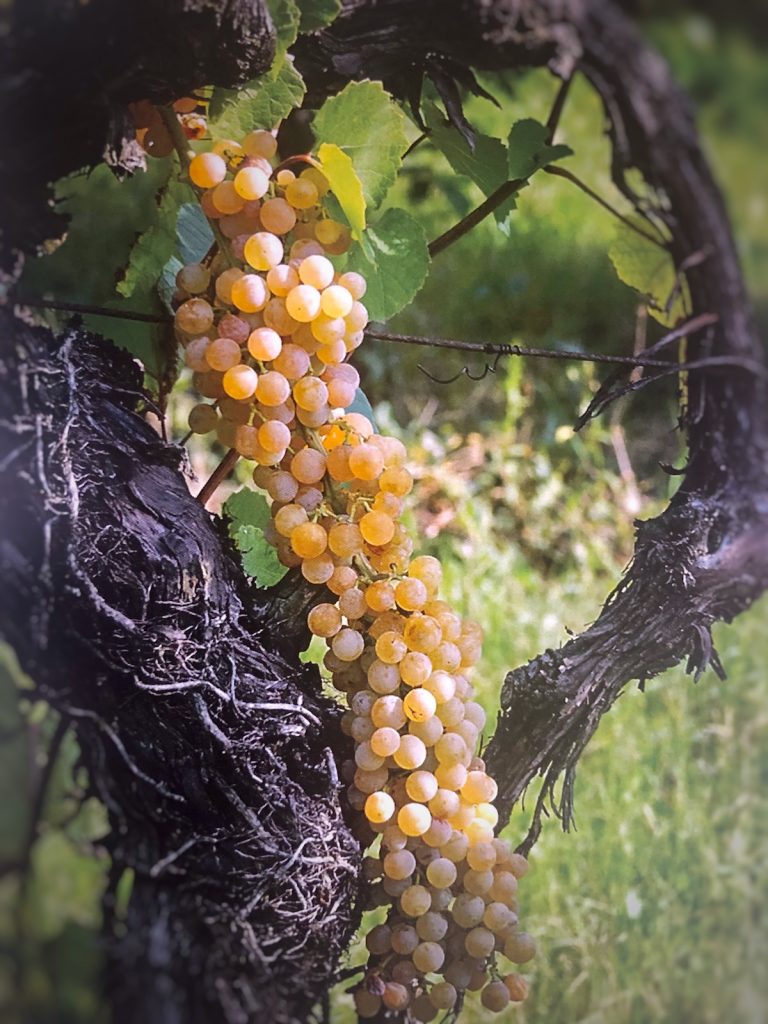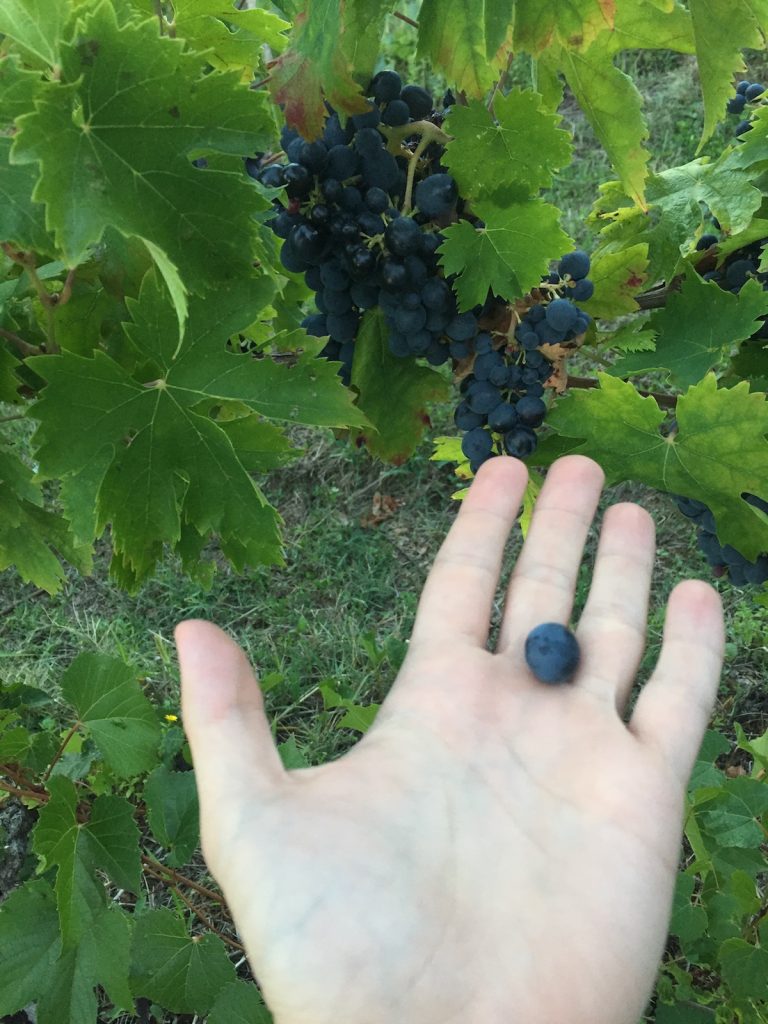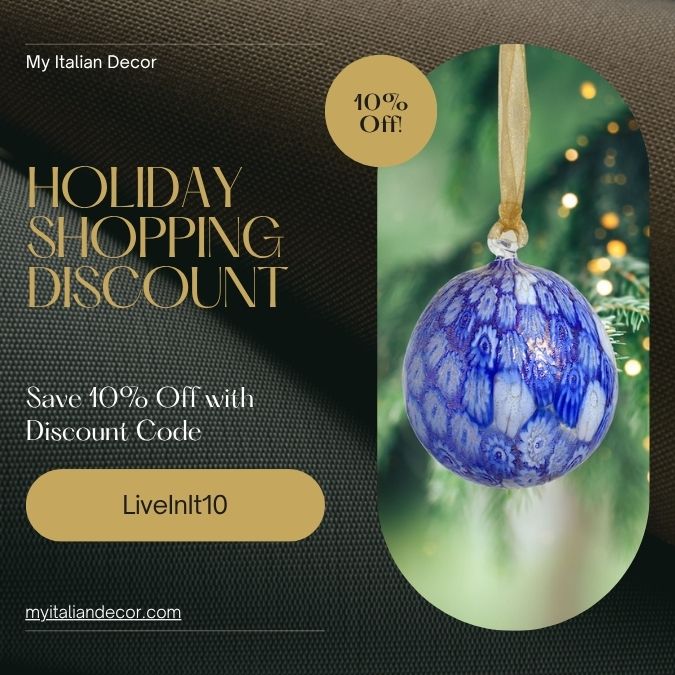Romagna Mia! (My Romagna) sang Raoul Casadei way back in 1974. This verse has become a patriotic hymn for every Romagnolo worthy of its name.
Per leggere questo articolo in italiano, scorri verso il basso. 👇🏼
Romagna is the southern part (if it can be defined as such) of the Emilia Romagna region. It starts from Imola in the hinterland; to Casal Borsetti on the Adriatic; and continues towards Tuscany and Le Marche. It goes from the plains to the Apennines and from the sea to the mountains. It creates a diversification of climates; pedoclimatic environments; and, above all, people. Romagna is a land composed of different personalities; traditions and influences; fishermen, shepherds, breeders and farmers.
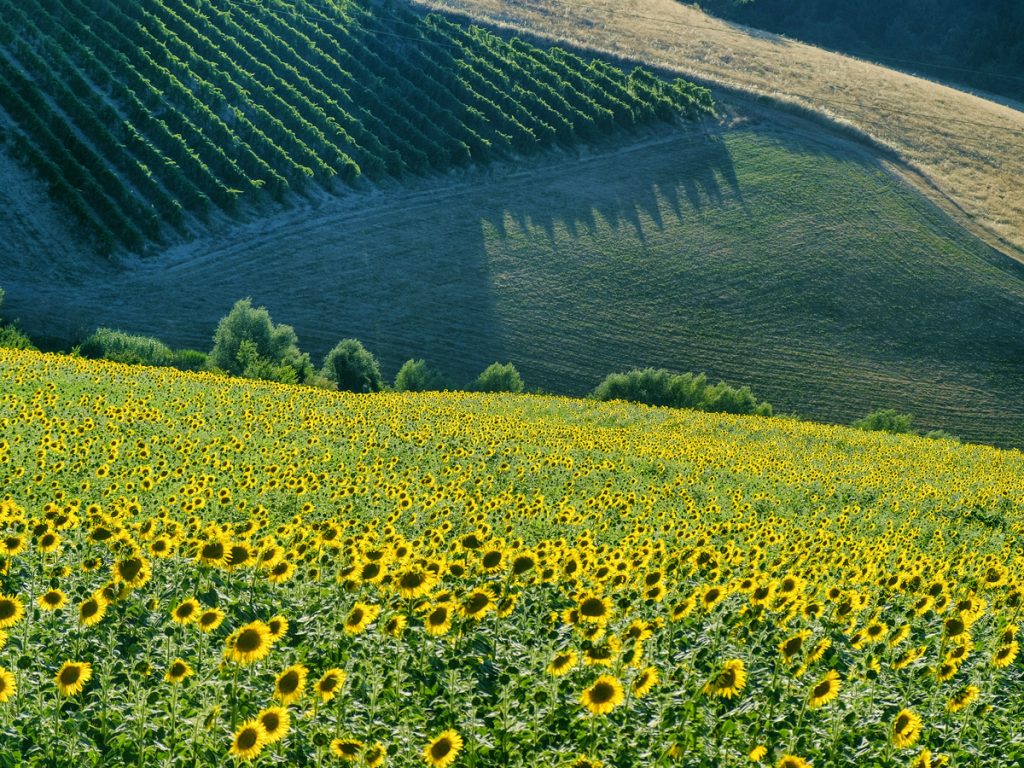
All these elements create the ideal habitat for a diversified viticulture that is absolutely foreign to monothematicism. Man has a duty to enhance this heritage.
From these traditional and territorial influences, the two litmus papers from Romagna were essentially born: Albana and Sangiovese.
A matter of terroir
If it is true that the terroir is, as the INAO mentions, the result of a unique synergy between man and mother nature, therefore between tradition, climate, grape variety and territory, Romagna has terroir to sell.
First, comes the climate and the territory: an Apennine territory with its breezes, exposures, positions, chalk and barren land; combined with a maritime territory–the Adriatic, with its blue Pleistocene clays, sands and climate mitigated by the sea. These contrasts already create the conditions to diversify crops and types of vines. Or, better yet, diversify the expressions of a single grape variety.
Here are the two distinguished interpreters: Albana and Sangiovese
And here then comes the man, the people: warm, expansive, welcoming and attached to tradition. They take the concept of tradition and carry it into innovation, since, without an innovative transposition, tradition will never find space in the future of the community. They can be linked in one big way, or take two separate ways, where tradition smacks of old and innovation of expired.
Without tradition, art is a flock of sheep without a shepherd. Without innovation, it is a corpse. ~Winston Churchill
Fortunately, people from Romagna love their land too much to make it banal and obvious. Thanks to great raw material; large territory; and an awareness of the path that quality viticulture is taking, man has begun zoning.
Romagna Sangiovese
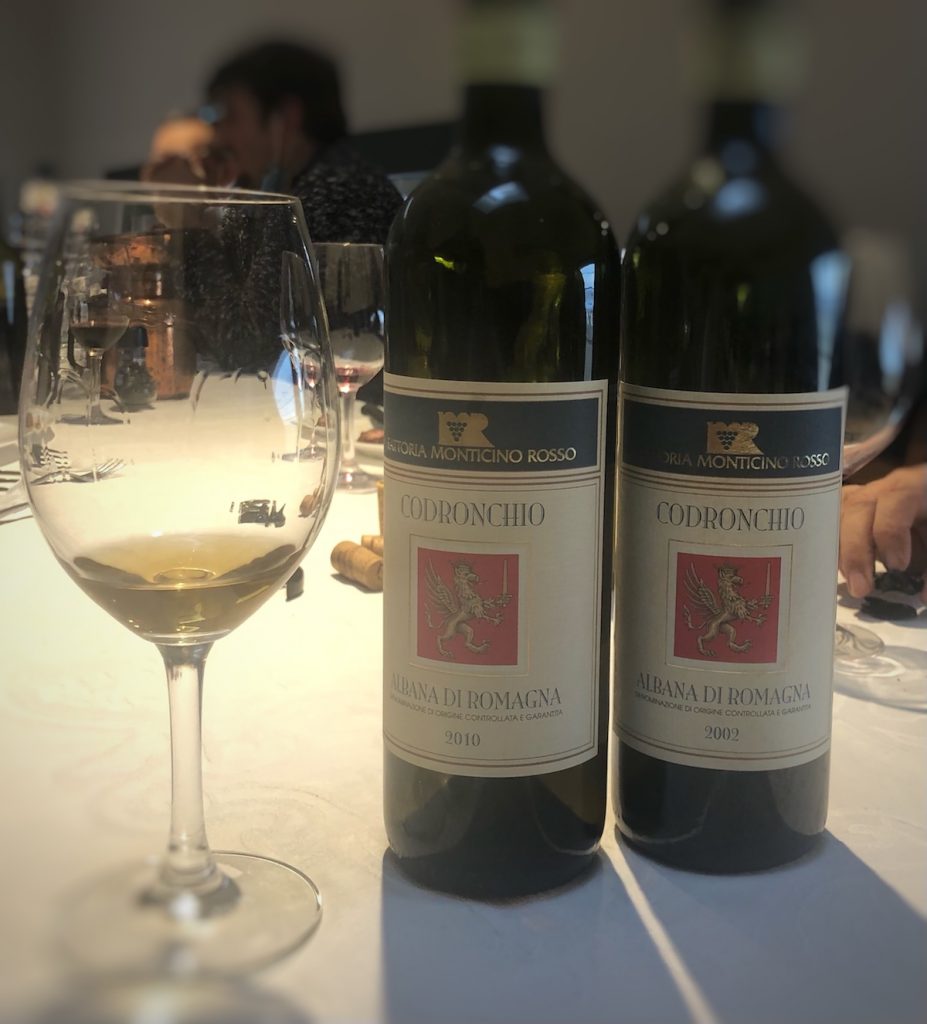
Sangiovese is an emblematic vine from central Italy, but in a certain way, it represents all of Italy.
Internationally, one thinks of our peninsula in terms of great red wines such as Barolo, Brunello di Montalcino and Chianti. Two out of three are made with Sangiovese grapes (even if Chianti is not entirely). For better or for worse, this vine has brought the reputation of Italian savoir faire around the globe.
Now in this evolution, it has been decided to focus strongly on this vine and on the strong bond that binds it to the territory: its place of birth and origin, the Tuscan-Romagnolo Apennines.
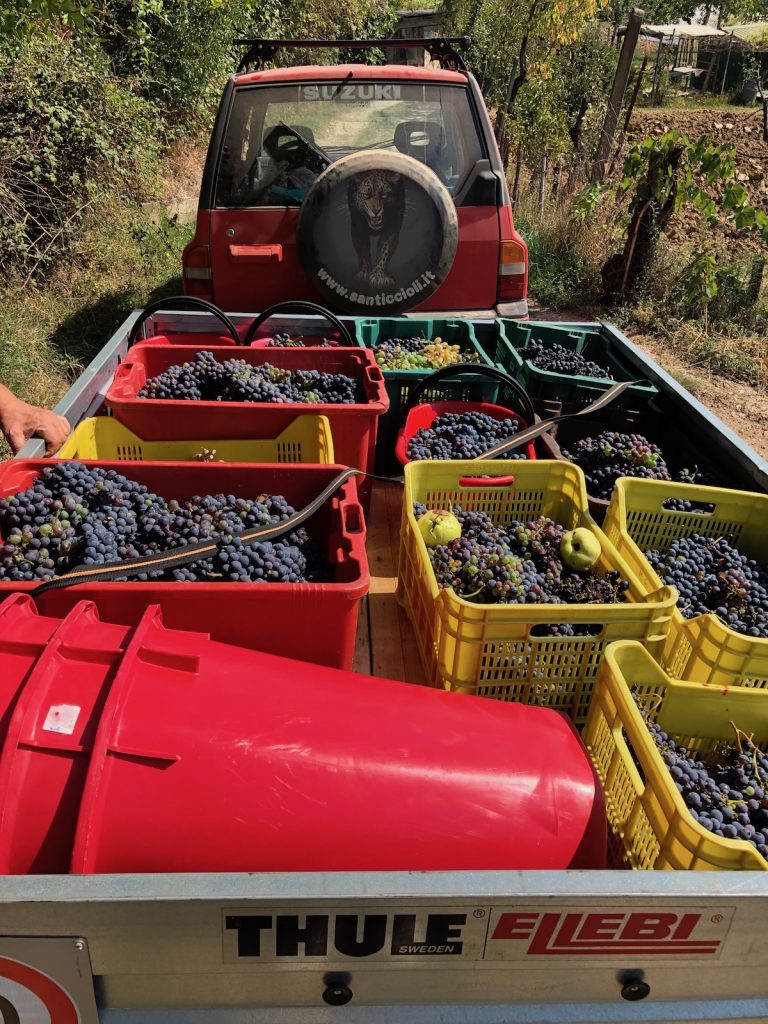
The dividing line of man’s origin can be immediately observed between the regions’ borders. In the Tuscan part of the Apennines, there is Chianti and Chianti Classico with a blending style that is always in the company of Sangiovese. Then there is Romagna, which focuses heavily on the single-variety. So much so that the minimum of Sangiovese grapes required to obtain the DOC (registered Designation of Origin) is 95% for Romagna Sangiovese with Menzione Geografica Aggiuntiva (MGA).
And it is precisely from MGAs that Sangiovese has been aiming to emerge for more than 10 years in Romagna. Twelve mentions surround the Via Emilia: Serra; Modigliana; Oriolo; Brisighella; Castrocaro; Predappio; Meldola; Bertinoro; Cesena; and Longiano.
Modigliana
Modigliana is the brightest star, where the unique Romagna plateau forms the most indelible expressions of this territory. With altitudes over 500 meters above sea level, the tannins to develop in a structured and mature way while woods, streams and significant temperature variations fix aromas and acidity.
But if the area helps a lot from a pedoclimatic point of view, the synergy between the producers is certainly the extra quid. This is something that is lacking not only in the rest of Romagna, but also throughout Italy. Producers spread a territorial jargon strictly linked to their production and their territory, creating an unbearable chaos for any professional in the sector–let alone the consumer. Take for example, the Barolo area.
Modigliana is different: its producers synergistically set up the Stella dell’Appennino event.
In short, it is a large zoning job for Romagna Sangiovese. However, perhaps something still needs to be done collectively and commercially to give a true identity to this territory that has all the credentials to become a new ambassador of Sangiovese.
I must say that in the hands of people like Stefano Bariani; Francesco Bordini; Giorgio Melandri; Chiara Condello; Rita Babini; Marta Valpiani; Camillo Montanari (and no offense intended to anyone who I haven’t mentioned), I can sleep soundly about the future of Romagna Sangiovese.
Romagna Albana
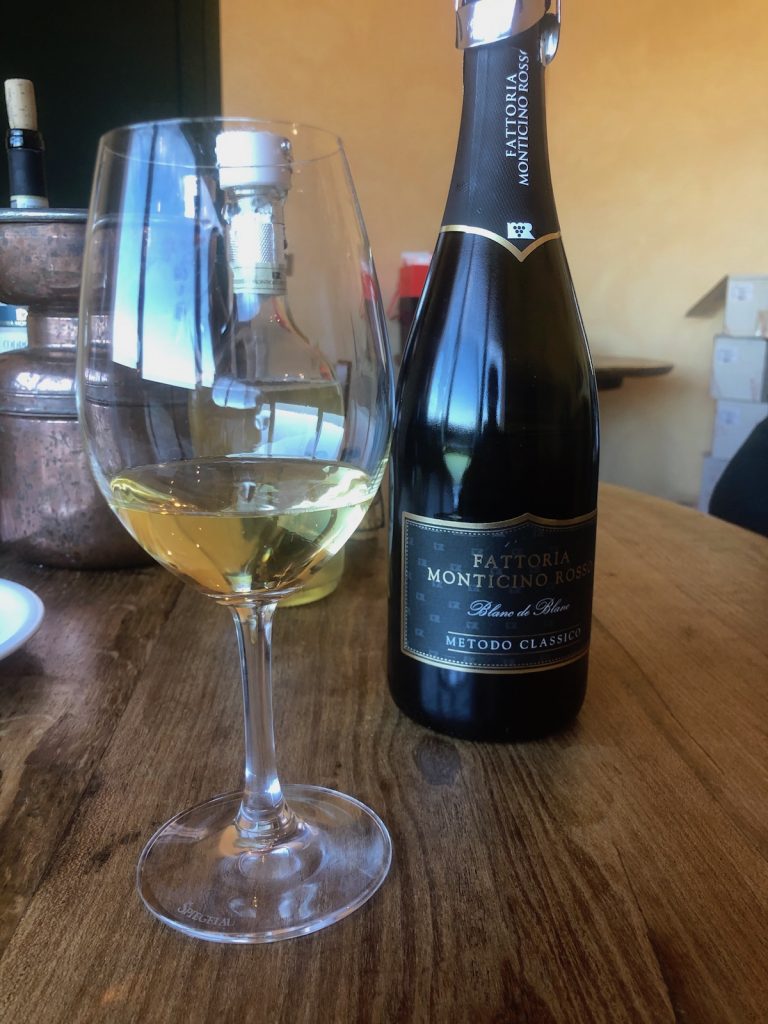
Romagna Albana is the only DOCG in the Romagna area; the other is located in Emilia.
While the work is well established for Sangiovese, in Albana we are still under construction.
The vine has been lent over the years to the production of large quantities of table wine and mortified by a controversy after obtaining the DOCG. It was the first white wine in Italy to boast this denomination (1987) and in this regard, was reproached for being a wine with too high yields (140 quintals per hectare); too many types allowed (sweet; passito, dry, amabile/semi-sweet); too fragile and unknown. Paradoxically, obtaining the DOCG was the beginning of its decline. The vineyards went from 9000 to 1000 hectares.
Today, the lucky current on native vines and the revenge of tannins in white wines have led to the rediscovery of this all-Italian pearl. A vine so versatile to be forgotten for so long: huge bunches, thick skins rich in phenolic substances (i.e. extractive substances that normally give structure to red wines) and an enormous richness of acidity.
The work that is taking place is also and above all aimed at the dry version which still lives in great heterogeneous production styles. Every May, the Albana Dei event takes place. It is organized by the Emilia Romagna Regional Enoteca and the Romagna Wines Consortium.
Three Production Styles
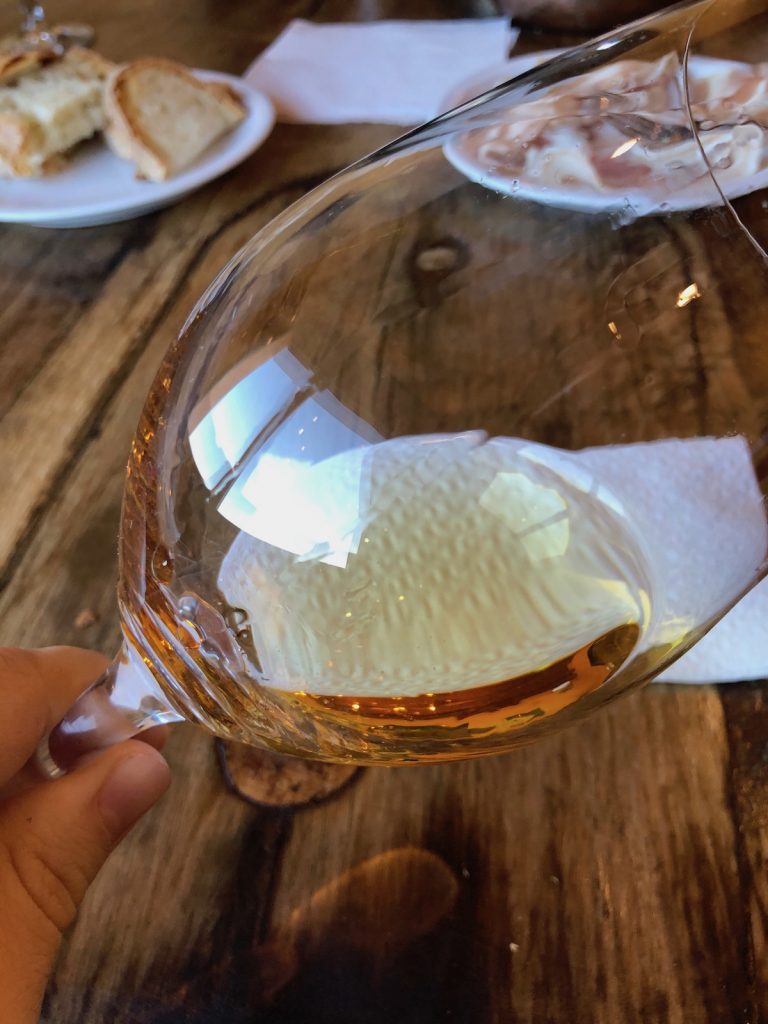
Here occurs great tastings of dried Albana ordered according to three production styles: Albana del cuore, Albana moderna and Albana da lunga macerazione. This subdivision of styles is an unofficial step. But, it is a great sign of a desire to put order in a situation that is far too chaotic at the moment.
In addition, the maceration style is often accompanied by the Georgian amphora. This style could be the real spokesperson for this grape variety. The latter would be free to express all its strengths and weaknesses in a single, original and harmonious symphony.
Here too the interpreters are of great depth: Lucia Ziniti; Luciano and Gianni Zeoli; Maria Cristina Geminiani; Paolo Francesconi; and many others which offer excellent growth prospects for this vine.
Above all, cheers to this great territory that I call, Romagna Mia!
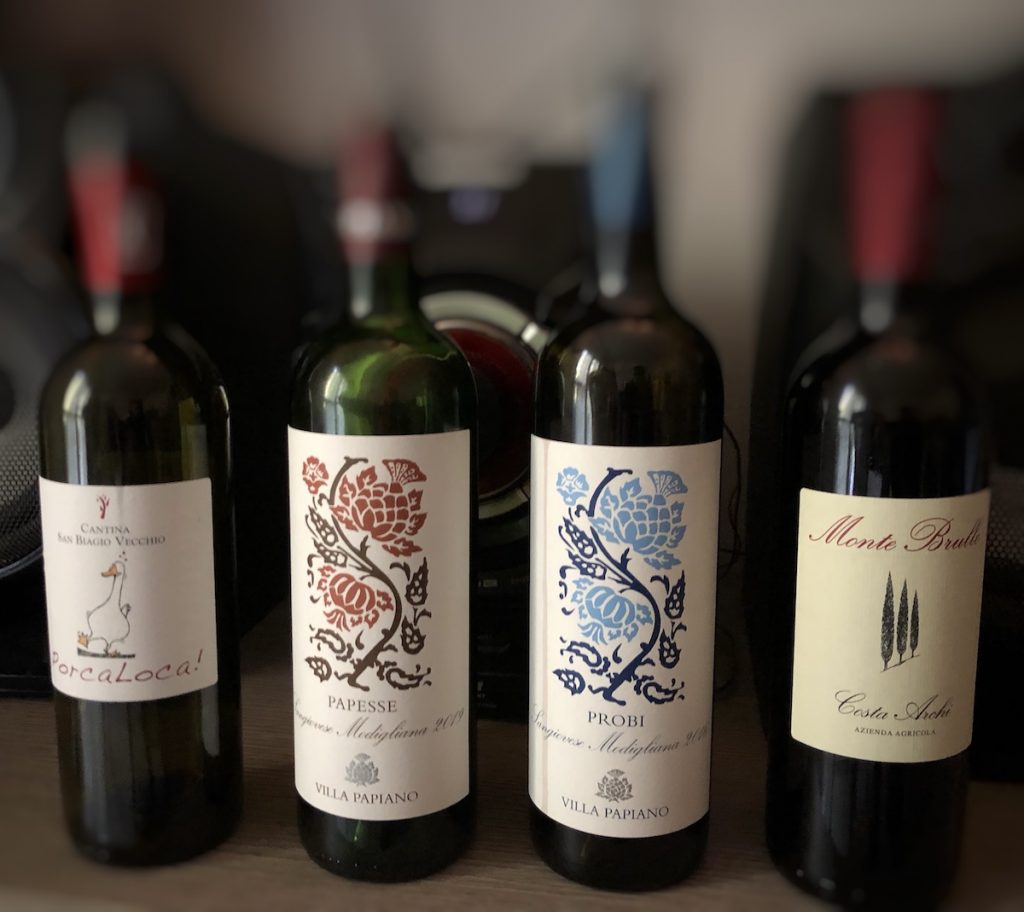
Romagna mia!
Vademecum dei grandi passi fatti dalla Romagna vitivinicola
Romagna Mia! Intonava Raoul Casadei ormai nel lontano 1974. Eppure questo verso è diventato un inno patriottico per ogni romagnolo che si rispetti.
La Romagna è la parte sud, se così si può definire, della regione. Inizia da Imola, nell’entroterra, da Casal Borsetti, sull’Adriatico, e prosegue verso la Toscana e le Marche. Passa dalla pianura all’Appennino, dal mare alla montagna. Crea diversificazioni di climi, di ambienti pedoclimatici e, soprattutto, di persone. Diverse personalità, diverse tradizioni, diverse influenze. Popoli di pescatori, di pastori, di allevatori e di agricoltori.
Tutti questi elementi creano l’habitat ideale per una viticoltura diversificata, assolutamente avulsa alla monotematicità. L’uomo ha il dovere di valorizzare questo patrimonio.
Ecco che da queste influenze tradizionali e territoriali nascono sostanzialmente le due cartine tornasole della Romagna: l’Albana e il Sangiovese.
Questione di terroir
Se è vero che il terroir si esprime come cita l’INAO, esso è frutto di una sinergia unica tra uomo e madre natura, quindi tra tradizione, clima, vitigno e territorio, la Romagna ha terroir da vendere.
A cominciare dal clima e dal territorio: un territorio appenninico, con le sue brezza, le sue esposizioni, giaciture, gesso e terreni brulli, unito ad un territorio marittimo, l’Adriatico, con le sue argille azzurre pleistoceniche, le sabbie e il clima mitigato dal mare. Questi contrasti creano già le condizioni per poter diversificare colture e tipologie di vitigni. O, meglio ancora, diversificare le espressioni di un singolo vitigno.
Qui i grandi interpreti sono 2: l’Albana ed il Sangiovese
Ed ecco allora che si arriva all’uomo, alle persone: calorose, espansive, accoglienti e attaccate alla tradizione. Sono loro i primi a prendere il concetto di tradizione e a trasportarlo nell’innovazione. Perché senza una trasposizione innovativa, la tradizione non potrà mai trovare spazio nel futuro della comunità. Possono essere legati in un’unica grande strada, o prendere due vie separate, dove la tradizione sa di vecchio e l’innovazione di scaduto.
Senza tradizione, l’arte è un gregge di pecore senza pastore. Senza innovazione, è un cadavere. ~ Winston Churchill
Fortunatamente il romagnolo ama troppo la sua terra per renderla banale e scontata. È così che con una grande materia prima, un grande territorio, consapevole della via che sta prendendo, e che ha sempre intrapreso, la viticoltura di qualità, ecco che l’uomo dà inizio alla zonazione.
Il Sangiovese di Romagna
O come vuole la sua denominazione di origine controllata: Romagna Sangiovese.
Il Sangiovese è un vitigno emblema del centro Italia, ma in un certo qual modo è uno dei portavoce dell’Italia intera.
Quando a livello internazionale si pensa alla nostra penisola in termini di grandi vini rossi, i primi a cui si pensa sono senza dubbio il Barolo, il Brunello di Montalcino e il Chianti. 2 su 3 prodotti con uva Sangiovese (anche se il Chianti non interamente). Nel bene e nel male questo vitigno ha portato in giro per il globo la nomea del savoir faire italiano.
Ora, in questa evoluzione, si è deciso di puntar forte su questo vitigno e sul forte legame che lo lega al territorio, nel suo luogo di nascita ed origine: l’Appennino Tosco Romagnolo.
La linea di demarcazione di origine tradizionale dell’uomo la si può osservare subito tra i confini delle regioni: nella parte toscana dell’Appennino c’è il Chianti e il Chianti Classico con lo stile del blend, quindi sempre in compagnia di comprimari il Sangiovese. Poi c’è la Romagna, che punta forte sul monovitigno, tant’è che da disciplinare il minimo di Sangiovese per la DOC è 95% per il Romagna Sangiovese con menzione geografica aggiuntiva.
Ed è proprio dalle MGA che il Sangiovese nel romagnolo da più di 10 anni punta ad emergere. 12 menzioni circondano la Via Emilia: Serra, Modigliana, Oriolo, Brisighella, Castrocaro, Predappio, Meldola, Bertinoro, Cesena e Longiano.
Ed è Modigliana la stella più luminosa. Dove il territorio unico dell’altopiano romagnolo forma le espressioni più indelebili di questo territorio. Quote oltre i 500 metri s.l.m. permettono ai tannini di svilupparsi in maniera strutturata e matura, boschi, corsi d’acqua. ed escursioni termiche importanti che fissano aromi e acidità.
Ma se la zona aiuta moltissimo dal punto di vista pedoclimatico, è sicuramente la sinergia tra i produttori il quid in più. Cosa che viene a mancare non solo nel resto della Romagna ma anche in tutta Italia: produttori che diffondono un gergo territoriale prettamente legato alla loro produzione e al loro territorio, creando un caos inaffrontabile per qualsiasi professionista del settore, figuriamoci il consumatore. Vedi la zona del Barolo.
Modigliana invece è diversa, con i suoi produttori che sinergicamente hanno messo in piedi l’evento “Stella dell’Appennino”
Un grande lavoro sulla zonazione per il Romagna Sangiovese insomma. Ma forse qualcosa ancora andrà fatto sul collettivo, e sul commerciale, per provare a dare una vera identità a questo territorio che ha tutte le carte in regola per diventare un nuovo ambasciatore del Sangiovese.
Anche se devo dire che in mano a personaggi come Stefano Bariani, Francesco Bordini, Giorgio Melandri, Chiara Condello, Rita Babini, Marta Valpiani, Camillo Montanari e non me ne voglia chi non ho nominato, dormo sonni tranquilli pensando al Sangiovese di Romagna.
Albana di Romagna
O anche qui, Romagna Albana, unica DOCG sul territorio Romagnolo, l’altra si trova in Emilia.
Se per il Sangiovese il lavoro è ormai ben instradato, per l’Albana siamo ancora in fase di costruzione.
Vitigno negli anni prestato alle produzioni di grandi quantitativi di vino da tavola, mortificato dalle polemiche successive all’ottenimento della DOCG. Fu il primo vino bianco d’Italia a fregiarsi di tale denominazione (1987) e in merito a ciò gli si rimproverava che fosse un vino con rese troppo alte (140 quintali per ettaro), con troppe tipologie concesse (dolce, passito, secco, amabile), troppo fragile e sconosciuto. Paradossalmente l’ottenimento della DOCG fu l’inizio della sua decadenza, gli ettari vitati passarono da 9000 a 1000.
Oggi la corrente fortunata sui vitigni autoctoni e la rivincita dei tannini nei vini bianchi hanno portato alla riscoperta di questa perla tutta italiana. Un vitigno così versatile che ci siam dimenticati fin troppo su di lui: grappolo enorme, buccia spessa e ricca di sostanze fenoliche (ovvero sostanze estrattive che normalmente danno struttura ai vini rossi) e un’enorme ricchezza di acidità.
Il lavoro che si sta svolgendo è rivolto anche e soprattutto alla versione secca, la quale tutt’ora vive in una grande eterogeneità di stili produttivi. Ogni mese di maggio si svolge l’evento Albana Dei, organizzato dall’Enoteca regionale Emilia Romagna e il Consorzio vini Romagna. Grande degustazioni quindi di Albana secche ordinate secondo 3 stili produttivi: Albana del cuore, Albana moderna e Albana da lunga macerazione. Questa suddivisione di stile è un passo non ufficiale. Ma è un grande segnale di voglia di mettere ordine ad una situazione per ora fin troppo caotica.
Inoltre lo stile macerativo viene spesso accompagnato dall’anfora georgiana. Questo stile potrebbe essere il vero e proprio portavoce di questo vitigno. Quest’ultimo sarebbe libero di esprimere tutti i suoi pregi e difetti in un’unica, originale e armonica sinfonia.
Anche qui gli interpreti sono di grande spessore: Lucia Ziniti, Luciano e Gianni Zeoli, Maria Cristina Geminiani, Paolo Francesconi, e molti altri ovviamente che creano una grande prospettiva per la strada in ascesa di questo vitigno.
Ma soprattutto ascesa per questo grande territorio che è la Romagna.
Other Food and Wine stories to read:
Wine Journey to Marzeno
Felix Jermann: nato per rompere gli schemi nel mondo del vino
Ricetta: Sformato di roveja

